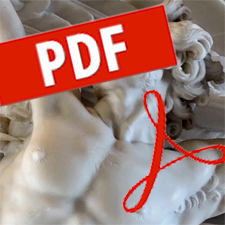This paper estimates effective patent life of pharmaceuticals in New Zealand (NZ EPL). A simulation technique is used based on the linking effect of the International Convention for the Protection of Industrial Property. The simulation procedure suggests that NZ EPL is declining and will yield no protection in the fairly near future, for drugs from the USA, UK and Switzerland. Two consequences for pharmaceuticals are suggested. One, the focus of the NZ patent term is likely to shift from the normal period of 16 years to the maximum available when extensions are included. Two, applications for extensions are likely to become routine. In these terms the recommendations by the Industrial Property Advisory Committee (IPAC), at least as they apply to pharmaceuticals, that the current patent life remain unchanged at 16 years and extensions have a maximum of 4 and not 10 years, are somewhat puzzling.

PAGES
120 – 133
DOI
All content is freely available without charge to users or their institutions. Users are allowed to read, download, copy, distribute, print, search, or link to the full texts of the articles in this journal without asking prior permission of the publisher or the author. Articles published in the journal are distributed under a http://creativecommons.org/licenses/by/4.0/.
Issues
Also in this issue:
-
Ryan Jenkins, David Černý and Tomáš Hříbek (eds) Autonomous Vehicle Ethics: The Trolley Problem and Beyond
-
As open as possible, but as closed as necessary: openness in innovation policy
-
Turning sportswashing against sportswashers: an unconventional perspective
-
State secrets and compromises with capitalism: Lev Theremin and regimes of intellectual property
-
In search of an author
THE EFFECTIVE PATENT LIFE OF PHARMACEUTICALS IN NEW ZEALAND — A SIMULATION
Original Articles